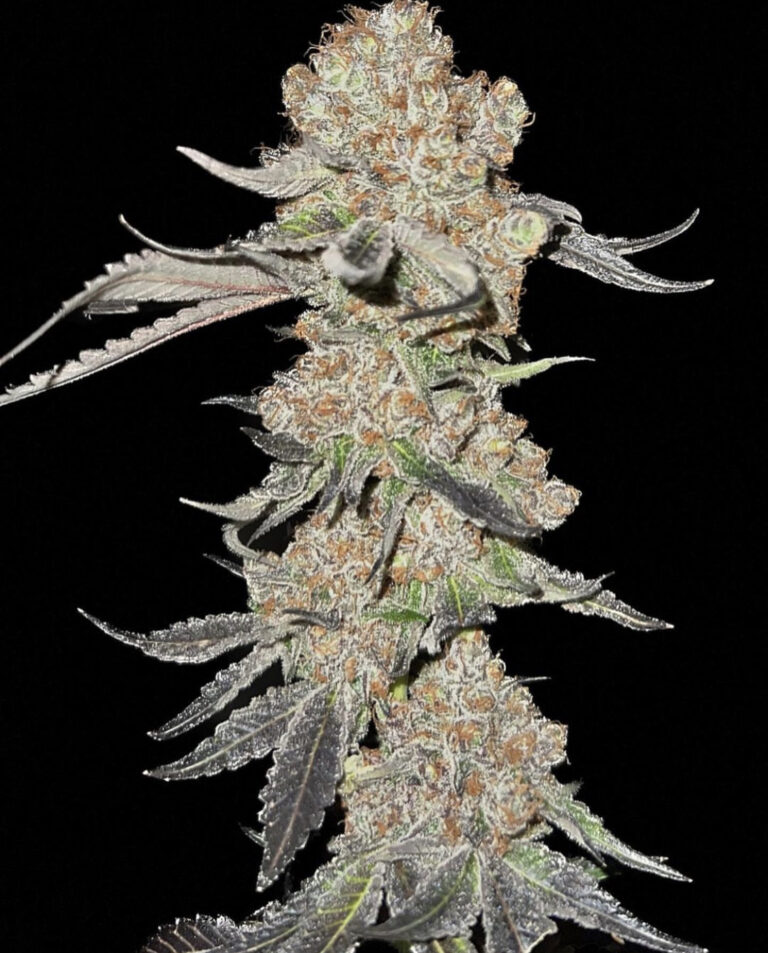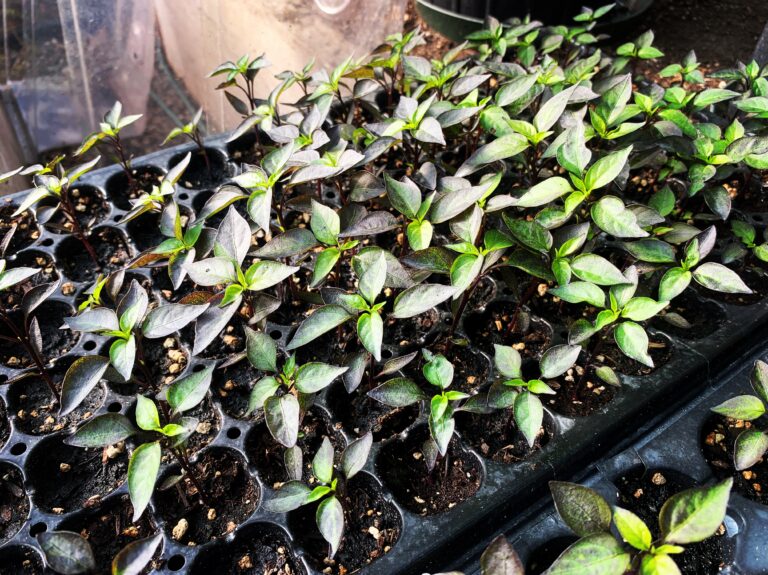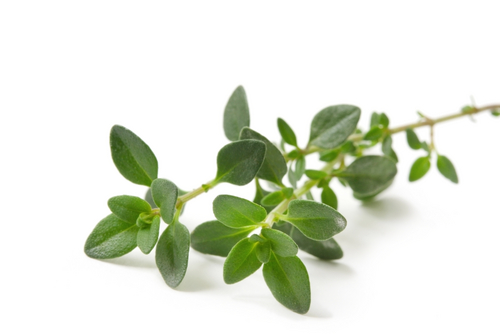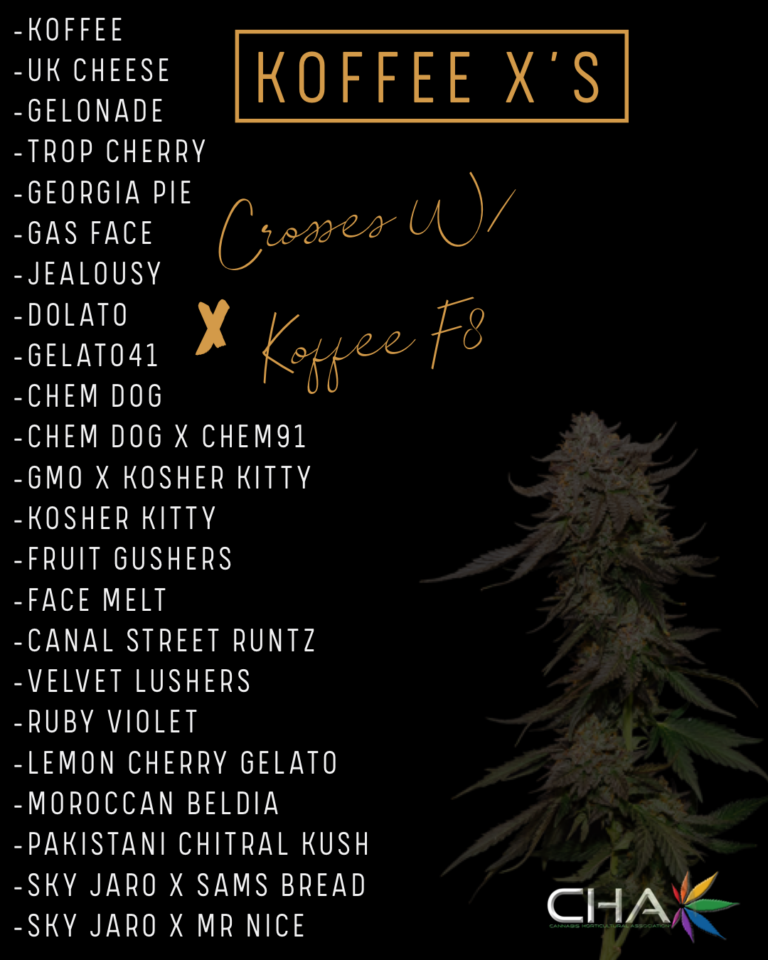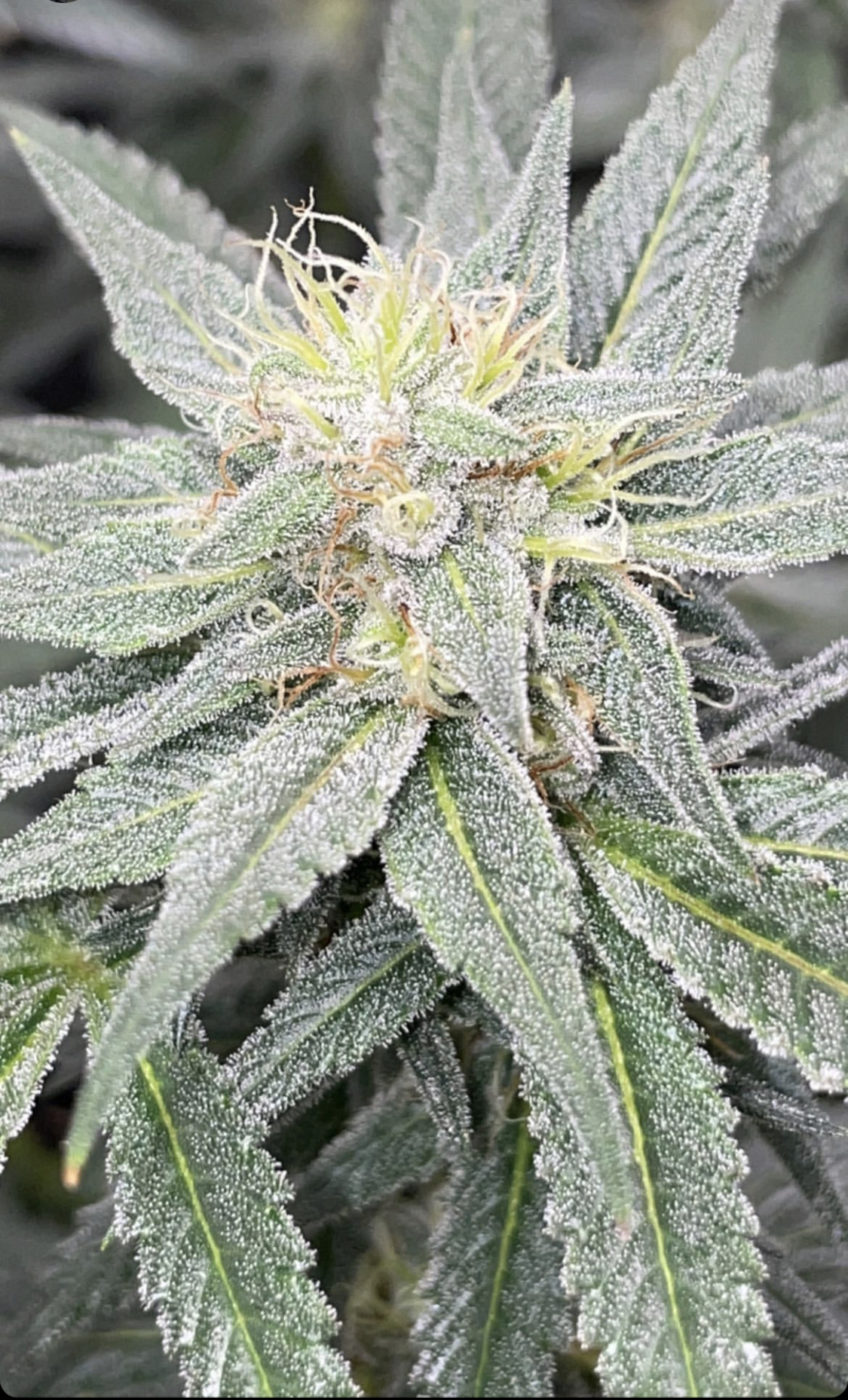The Soil Food Web 101:
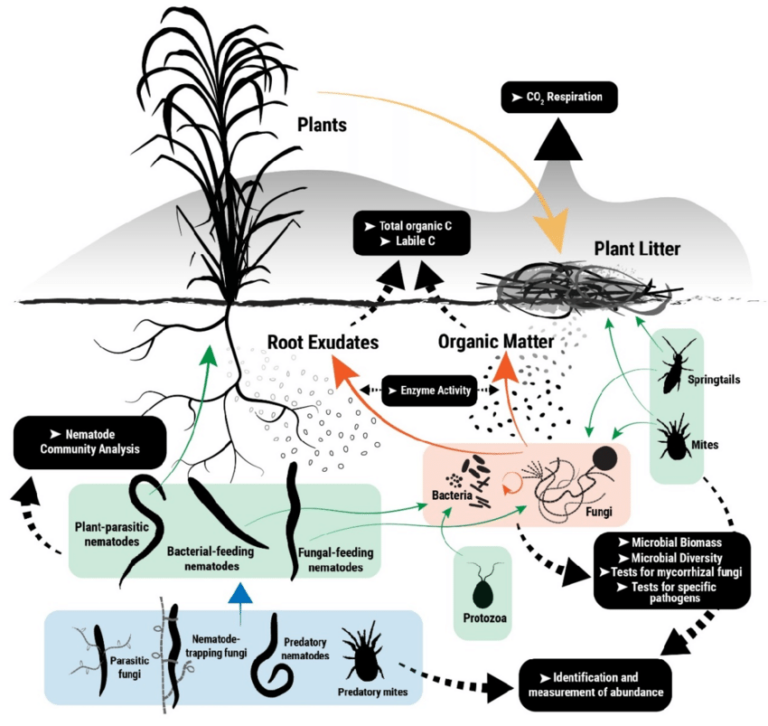
Understanding the Interconnected Web of Life Beneath Our Feet The soil food web is a concept that has revolutionized the way we understand the complex and dynamic ecosystem that lies beneath our feet. The concept was created by Dr. Elaine…


